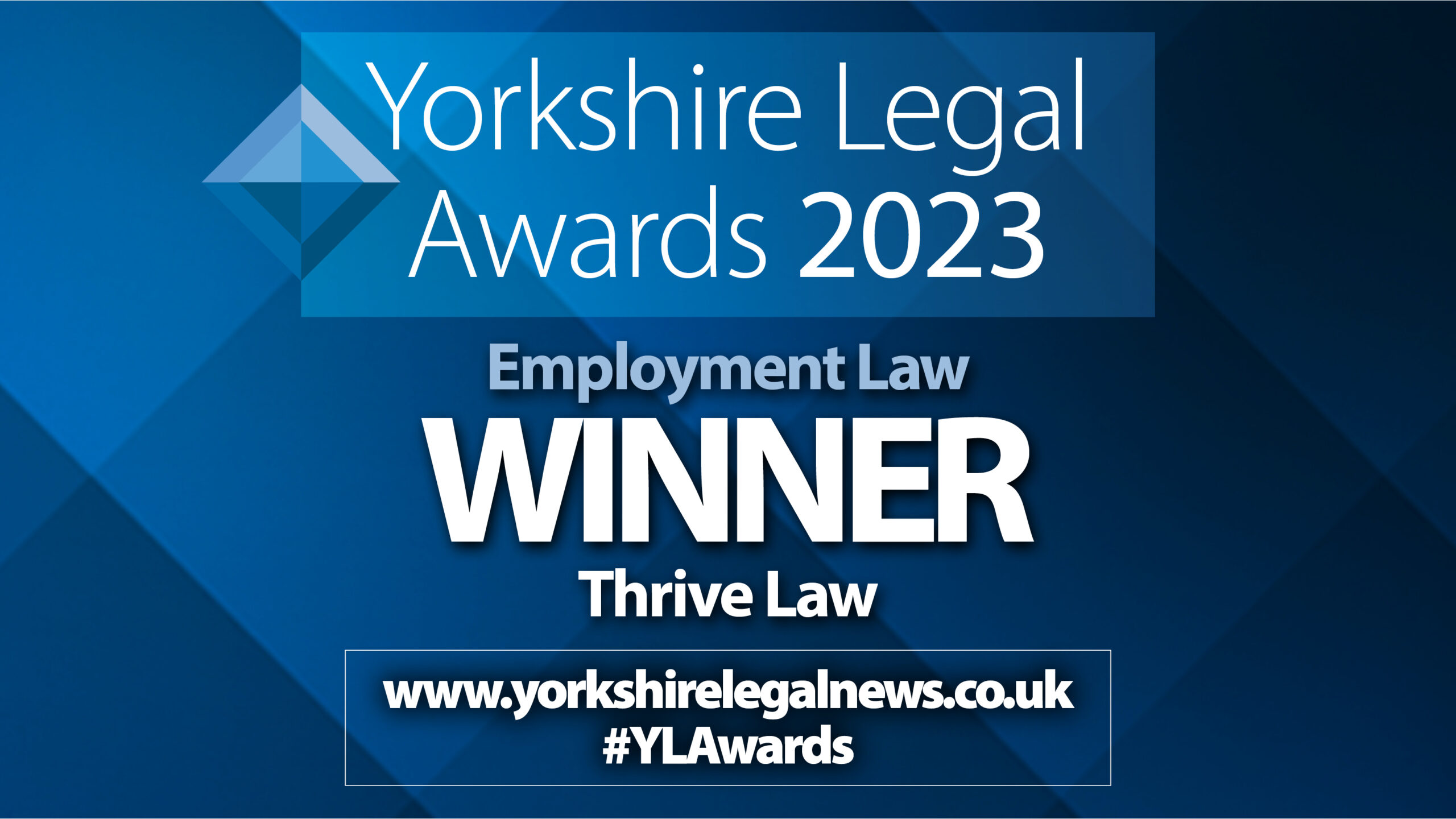Shared Parental Leave (“SPL”) is effectively a mechanism by which mothers end their maternity leave (and, therefore, pay) early so that both parents can take leave in a more flexible way during the baby’s first year. They can take this time off together, or separately.
Who can take it?
You can take SPL if you are the mother, father or the mother’s spouse or partner, including civil partners. There is also a very similar scheme for shared adoption leave, which broadly works the same way where a child is adopted.
SPL can only be taken by employees, not by workers. To understand the difference, you should read this blog. To qualify, both parents do not have to be employees; for example, a mother could be on maternity allowance as self-employed, but her partner may be able to take SPL (see qualification below).
A parent can only take SPL if you have responsibility for care of the child at birth and you are using the leave to care for the baby. It’s worth noting that a father cannot force a mother to shorten her maternity leave to enable him to take SPL. It is always an option for a mother to stay on maternity leave for her full leave entitlement (up to 52 weeks).
Taking Leave
A mother is required to take at least two weeks’ (4 weeks for factory workers) compulsory maternity leave immediately after the birth.
After that, the mother can curtail her maternity leave (by giving a curtailment notice with 8 weeks’ notice), and that creates a maximum of 50 weeks’ shared parental leave (SPL) and up to 37 weeks’ Statutory Shared Parental Pay (“ShPP”) for her and/or her partner to take.
Once a curtailment notice is issued, this is binding and cannot be undone unless one of the parents become unentitled to SPL, one parent dies, or the mother gave notice before birth and withdraws it within six weeks of birth.
This leave can then be taken together, or at different times. It’s flexible as to how parents want to share their leave. The only rules are that, typically, employers will request that there are only three “blocks” of SPL; any additional blocks are at the company’s discretion.
How do you qualify for leave?
The rules on pay and leave are different, so an employee needs to consider both separately.
To qualify, one parent must be an employee and must have been continuously employed by the same employer for at least 26 weeks up to the end of the qualifying week (the 15th week before the expected week of childbirth).
The other parent must have also been employed or self- employed for at least 26 weeks (not necessarily continuously) in the period of 66 weeks leading up to the expected week of childbirth and must have earned at least £30 a week on average in 13 of those weeks.
How do you qualify for pay?
You must first qualify for leave, as above, in that you must be employed for 26 weeks and your partner must meet the earnings test.
You must then also have average earnings of at least £120 per week (April 2021 – April 2022) during the calculation period (8 weeks if you are paid weekly or 2 months if you are paid monthly before the end of the 15th week before your baby is due). Broadly, these are the same qualifications for statutory maternity pay and paternity pay, so if you qualify for those parental leave payments, you will also qualify for ShPP.
ShPP is paid at £151.97 a week (April 2021-April 2022) or 90% of your average earnings, whichever is lower and you do not have to repay ShPP if you don’t return to work.
Employers can claim back 92% of ShPP (103% for small employers) from HMRC.
Unequal ShPP and Maternity pay
Case law is clear (Ali v Capita), if an employer offers enhanced maternity pay, they do not have a corresponding obligation to enhance ShPP. It is not discriminatory to offer unequal maternity pay and ShPP.
However, it would be discriminatory to have different ShPP policies applying to mothers and fathers; employers must offer the same terms to mothers and fathers under a shared parental leave or family leave policy.
Return to Work
After SPL, you are entitled to return to exactly the same job on the same terms and conditions as you were on immediately before the start of that period of leave, if you return to work after taking ordinary maternity leave, paternity leave, parental leave of four weeks or less, and after SPL, where your total leave adds up to 26 weeks or less.
However, if you have taken more than 26 weeks leave in total, or if you have taken continuous SPL with more than four weeks of ordinary parental leave, and it is not reasonably practicable for your employer to allow you to return to the same position, they may give you another suitable and appropriate job on terms and conditions that we not less favourable.
How we Can Help
From tribunal claims to draft grievances and appeal letters, we know how daunting the legal process can be for employees, and we are here to help. We will take on your case from start to finish, ensuring you know exactly where you stand.
If you are having any issues with taking SPL or experiencing discrimination as a result of maternity leave or pregnancy, we can also support individuals by negotiating settlements agreements with your employer to get the best possible outcome for you. We provide these services whilst being as transparent as possible with you about the legal cost.
Before commencing work on your behalf, we shall do an initial review and then inform you of any additional costs and ensure you fully understand how your legal fees are calculated, in writing, before proceeding with any case.
Whilst most firms operate on an hourly rate, we prefer to offer our clients a fixed fee (wherever possible) to assist our clients in managing their legal costs.
Disclaimer…
Please note this blog is for reference purposes only and is only accurate at the date it was published. It does not constitute legal advice and should not be relied upon as such. Specific legal advice about your specific circumstances should always be sought separately before taking or deciding not to take any action. Please contact us if you have any questions at enquiries@thrivelaw.co.uk









